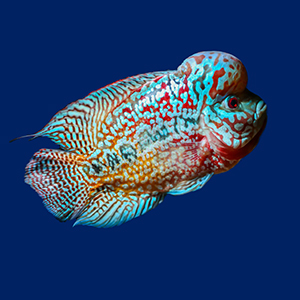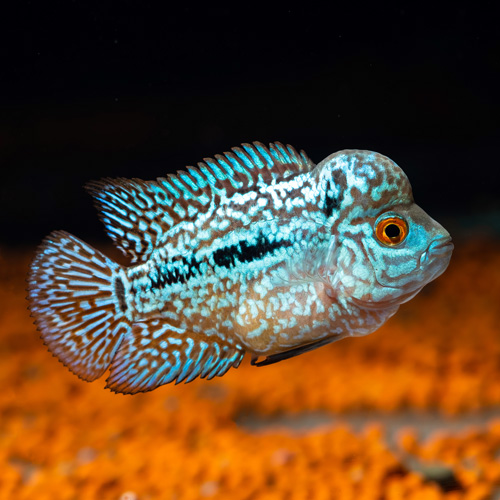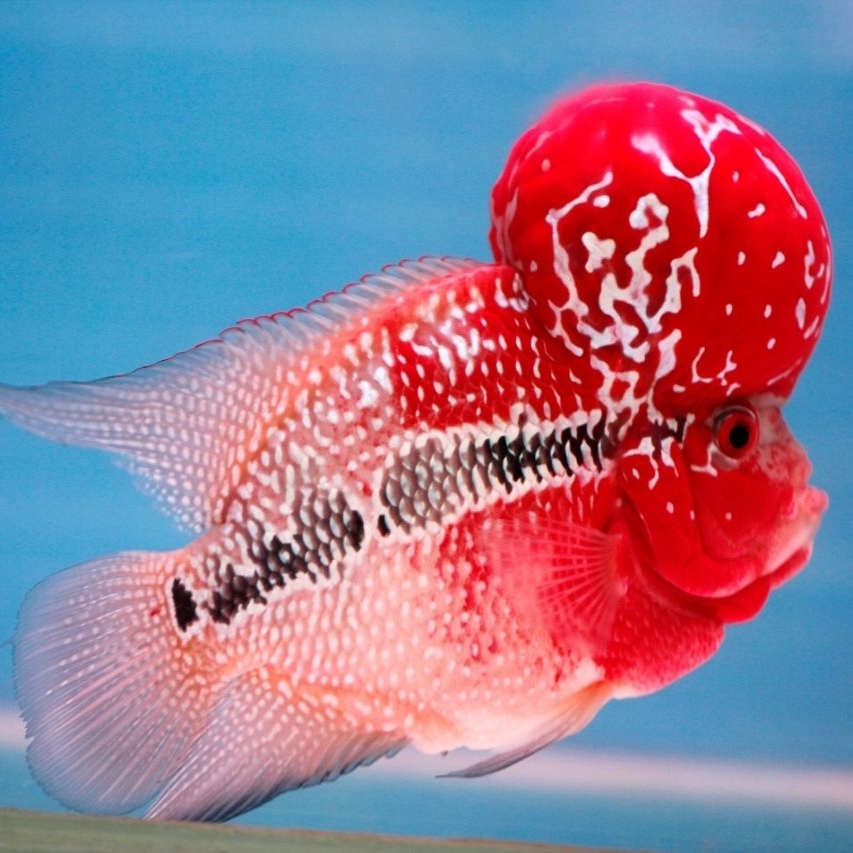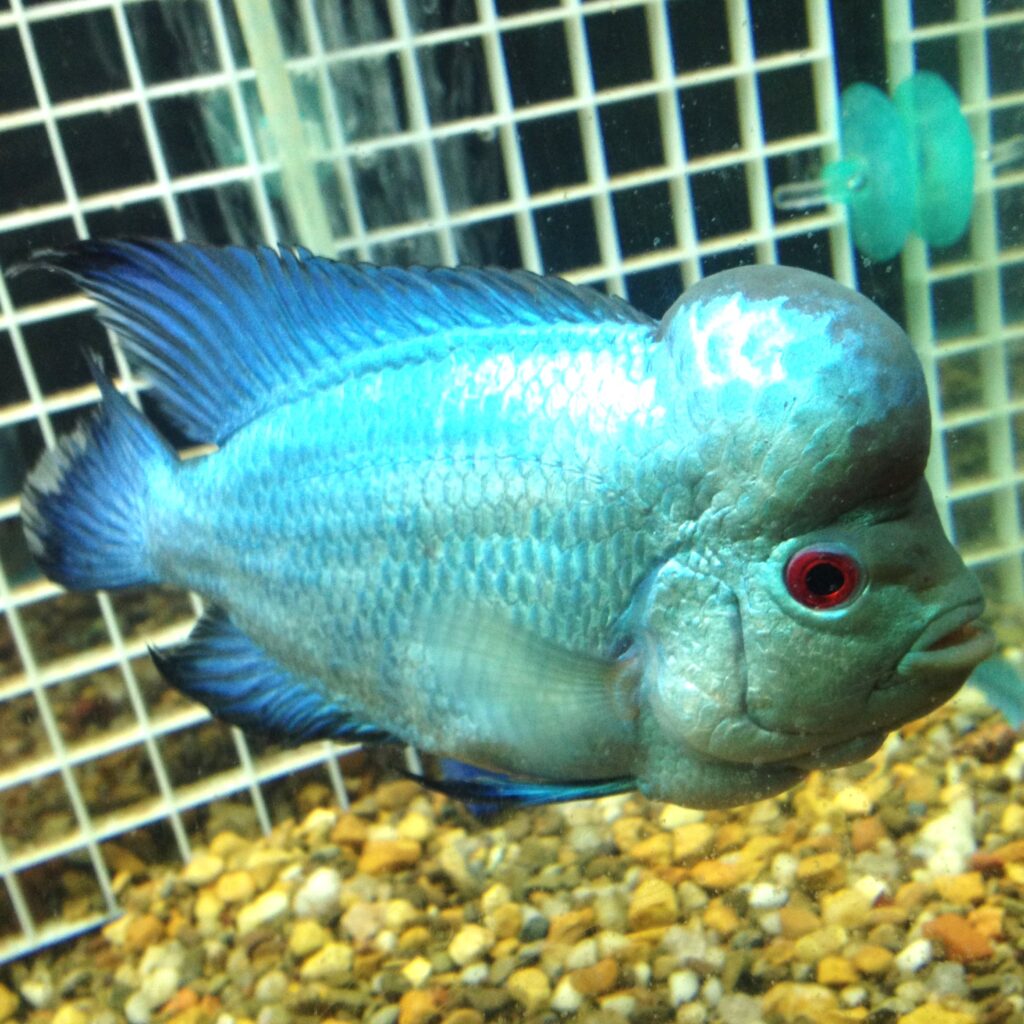Flowerhorn (With head pop)

Dragon Kamfa

Pearl Kamfa

SRD Flowerhorn

Thi-Silk Flowerhorn
Description
The Flowerhorn fish, also known as the Flowerhorn cichlid or simply Flowerhorn, is a unique and highly sought-after freshwater fish that has gained popularity among aquarium enthusiasts. Flowerhorns are a man-made hybrid fish, created by cross breeding different species of cichlids, resulting in their distinctive appearance and vibrant colors. Here’s a description of the Flowerhorn fish:
Appearance: The most distinguishing feature of the Flowerhorn is its vivid and intricate coloration, which can include shades of red, orange, yellow, blue, and black.
Head and Nuchal Hump: The head of the Flowerhorn is large and can have a variety of shapes and formations. The nuchal hump, located on the forehead, is a prominent feature that distinguishes males from females.
Size: Flowerhorns can grow to a significant size, with males generally reaching larger sizes than females. On average, they can grow between 10 to 14 inches (25 to 35 cm) in length, but some exceptional specimens can exceed these measurements.
Behavior: Flowerhorns are known for their territorial and aggressive behavior, especially during breeding or when defending their territory. They may exhibit fin-nipping and aggression towards other fish, so careful consideration should be given to tank mates and the size of the aquarium.
Water Requirements: They prefer slightly acidic to neutral water with a pH level ranging from 6.5 to 7.5. The water temperature should be maintained between 78°F and 82°F (25°C to 28°C).
Feeding: Flowerhorns are omnivorous and have hearty appetites. They readily accept a variety of foods, including high-quality pellets, flakes, live or frozen foods such as bloodworms, brine shrimp, and small crustaceans.
Aquarium Setup: Due to their large size and aggressive nature, Flowerhorns require a spacious aquarium with ample swimming space. Providing hiding spots and visual barriers with rocks, driftwood, or artificial decorations can help reduce aggression and provide a sense of security. It’s important to ensure the aquarium has a secure lid as Flowerhorns are known to jump.
